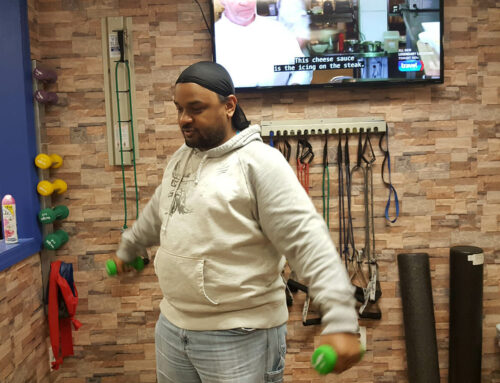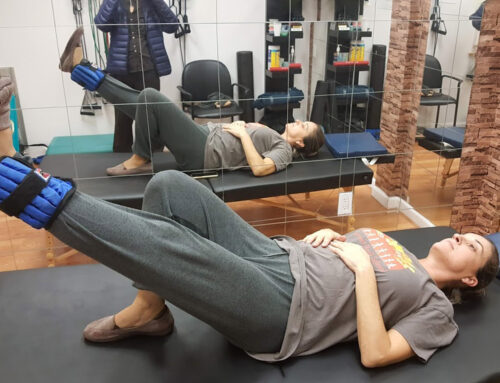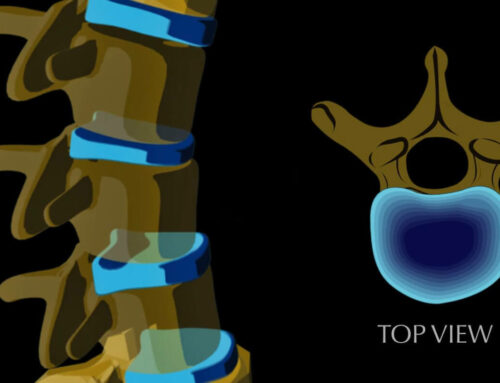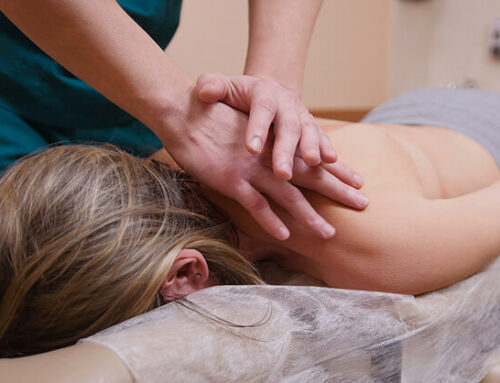 How Physical Therapy Works
How Physical Therapy Works
Physical therapy includes many disciplines, and it is designed to help you recover after an injury or a surgery. The different parts of physical therapy include exercise, manual therapy and physical agents. Each of these therapy types works a little differently, and you might need one or more types of physical therapy to help with your recovery after an injury or surgery. There are several ways in which physical therapy works to help build your strength, restore your range of motion, improve your posture and lessen or eliminate your pain.
Builds Core Strength
When you visit a physical therapist, you will learn how to do some exercises that will build your core strength. Some of these exercises will use your own weight as resistance, such as stepping up and down a platform or short flight of stairs. You might also do wall push-ups, arm lifts or leg bends. These exercises strengthen the tendons, muscles and ligaments. They also help to support your spine. By building up your core strength after an injury or surgery, you may be less likely to have another injury. Your healing may proceed at a faster pace when you have a stronger body. This could mean getting back to your usual activities in less time.
Enhances Your Flexibility and Range of Motion
After an injury or surgery, you might feel stiff. A soft tissue sprain or strain from an auto accident or a slip-and-fall accident often causes stiffness in the neck, shoulder, arms and upper back. The process of going through a surgery could lead to swollen and inflamed soft tissues. The physical therapist helps you learn how to properly stretch your muscles, tendons and ligaments in a careful and specific way. You may learn exercises such as shoulder rolls, wrist flicks or arm lifts. Practicing these exercises at home between visits with the physical therapist will help to speed up your healing process.
Relieve Pain Through Manual Therapies
Manual therapies are those in which the physical therapist uses his or her hands to move your body in a way that is designed to lessen your pain. The therapies may gently stretch stiff tissue, relax tightened or contracted muscles or help to break apart scar tissue or adhesions from a surgical procedure. There are several types of manual therapies, including:
- Massage
- Balls and rollers
- Ultrasound for deep tissue warming and stimulation
Increasing Stability
After an injury or a surgery, you might not be as steady or move as quickly as you did before. Physical therapy also helps to increase your stability. Part of that comes through strengthening your core body muscles. The other part of that comes through proper posture and ergonomics. The physical therapist may ask you to perform a simple movement such as bending down to touch the floor or lifting up your arms as if to wash your hair. The best physical therapist NYC can analyze your movements and demonstrate good ergonomic techniques for you to use. Good posture reduces stress on your bones and soft tissues.


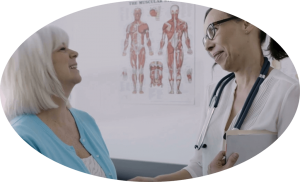 How Physical Therapy Works
How Physical Therapy Works